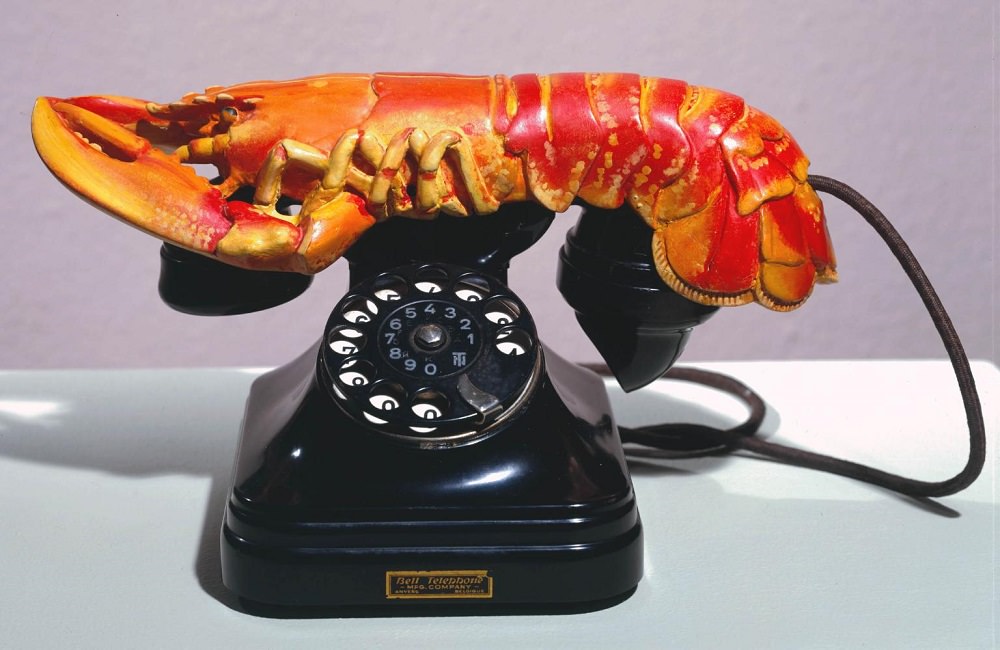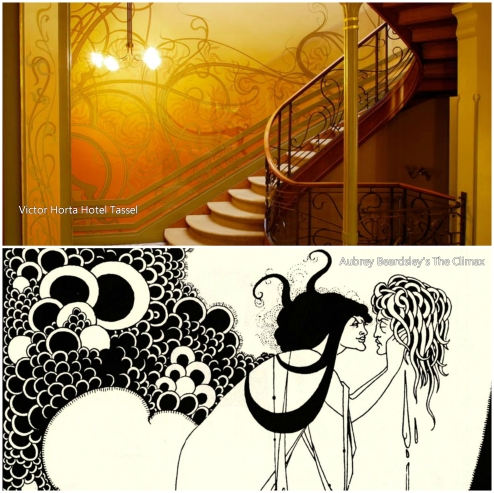

Meaning Popular Art, it was a movement that emerged in Britain in the mid 1950s and late 1950s in America after the war and was considered as an optimistic movement. Its style was flat, colourful, graphical and commercial like. It used popular imagery which was influenced by popular mass media, drawn from television, movies, comic books and advertisements and artists used similar ideas to that of Dada and abstract expressionism.
Andy Warhol was a key figure in this movement and he wanted to elevate everyday objects and boost their popularity by making drawings or use pop artists as a means to do this. This sort of reminds me of Art Nouveau since the goal is very similar; bringing out the beauty to everyday objects. This was implemented and tried on coca cola bottles and soup cans so that these objects were considered fine arts. A lot of people were sceptic about this concept. How can soup and other products alike be art? But pop artists were referencing the world in which people actually lived and as Andy Warhol put it; “Everything is Art”. Silk Screen Printing was also one of Warhol’s forte and he made it more recognisable than it was before since it wasn’t a popular medium to be used and one famous silkscreened image that Warhol produced which is still popular today was a Marilyn Monroe photograph, which became the first of many when he realised that he could produce more art in this way.

Other artists included Roy Lichtenstein. He painted the world like a comic strip turning comic books into high art. Notably one of his most famous paintings is WHAAM! and another being Drowning Girl. They look as if they are painted on cheap paper and have been zoomed in, just like the type that they use to create a newspaper. His work defined the premise of pop art through parody.

Another famous pop artist was Claus Oldenburg. What he did was use everyday objects and resize them to a monumental size which sort of questions the importance of the objects. Like why would there be a cone standing on top of a building in the middle of Cologne or a humongous peg just next to a city hall? What’s the meaning behind that and why is it so important as to make it so that everyone could see it? I think that the point which Oldenburg was trying to make here was reasoning out why it had to ONLY be up to the elite or academics to determine what is culturally important and what is not instead of the regular normal masses.


Pop Art is one of the most recognisable movements of the 20th century and is still very much popular AND a part of popular culture, but not all people take it seriously and see it as a form of art. Pop Art has actually brought out attention to how other artistic practises such as film making, packaging, brand design and performance can be just as artistic as the so called “high art” pursuits, such as painting and sculpting.
References
Visual-arts-cork.com. (2017). Pop Art: History, Characteristics. [online] Available at: http://www.visual-arts-cork.com/history-of-art/pop-art.htm [Accessed 24 Jan. 2017].
The Art Story. (2017). Pop Art Movement, Artists and Major Works. [online] Available at: http://www.theartstory.org/movement-pop-art.htm [Accessed 24 Jan. 2017].
En.wikipedia.org. (2017). Pop art. [online] Available at: https://en.wikipedia.org/wiki/Pop_art [Accessed 24 Jan. 2017].
Tate.org.uk. (2017). Pop art. [online] Available at: http://www.tate.org.uk/learn/online-resources/glossary/p/pop-art [Accessed 24 Jan. 2017].

 .
.



































 e 3 colours to produce thousands of other different colours. Advertising posters of Chéret usually displayed female figures which liberated women from being viewed as prostitutes. The posters also included drawn letters with minimal light and shading and 0 depth.
e 3 colours to produce thousands of other different colours. Advertising posters of Chéret usually displayed female figures which liberated women from being viewed as prostitutes. The posters also included drawn letters with minimal light and shading and 0 depth.


